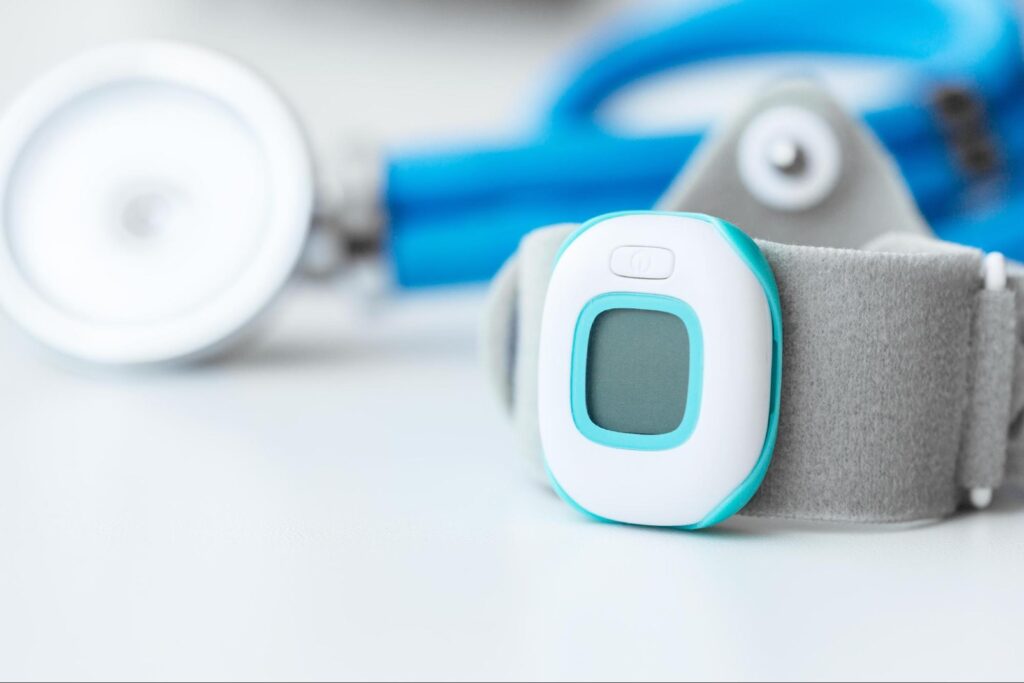Living alone can be overwhelming, especially when you might encounter an emergency that cannot be tackled alone.
So, if you or your elderly loved ones live alone, a life alert system can be an effective tool for ensuring your safety and peace of mind.
However, with all the choices available in Canada, selecting the most appropriate one can be overwhelming. Each system has unique features, including response time, ease of use, and monthly subscription costs.
Thus, it is best to find one that fits your lifestyle while providing adequate protection. Be it a traditional pendant-style device or the more advanced mobile option with GPS—whatever is being offered needs to be compared to making a proper choice.
Let’s look at how to compare the best life alert system for your situation.
1. Consider Coverage Area
When choosing a life alert system, one of the most important things to consider is the coverage area. The safest life alert system to use in Canada are the one that provides reliable service throughout Canada, especially if you live in a rural area or plan on traveling frequently.
Nevertheless, some systems may only cover specific regions, so make sure the provider offers national coverage.
Moreover, you should ensure the system links with a 24/7 emergency response network. The response team should be available 24/7 and able to dispatch help quickly in case of an emergency. This way, you can ensure that help will always be available, whether you are at home or away.
2. Known Types of Systems
There are quite a few different life alert systems out there, and the comparison really comes down to finding one that will suit your needs and lifestyle.
That said, the in-home systems are quite popular, consisting of a base unit connected with a wearable pendant or wristband. They can be great for an older person who spends most of their time at home and wants an easy way to call for help in an emergency.
On the other hand, if you’re active and often out of the house, then get a mobile system with GPS tracking that you can use to call for help from wherever you are.
Both of these systems also include fall detection, meaning that if you have a fall, the system automatically calls emergency services, whether or not you’re able to press the button yourself.
Moreover, you should also ensure the system offers two-way communication where you can have direct contact with the emergency response team so that they can assess your situation and dispatch the appropriate help in less time.
3. Focus on Ease of Use

When subscribing to a Life Alert system, one should consider how user-friendly the system is.
You want a system that is going to be simple and intuitive, especially in emergencies where time is of the essence. You should choose a device with a big button that is easy to press and can be accessed fast when one is disoriented or under stress.
Additionally, if the user has impaired mobility or dexterity, you should go for a comfortable wearable device that is light weight and easy to use. Some systems even allow remote monitoring—meaning a family member or caregiver can check in with your well-being through an app or online portal. That way, those who want to stay connected and informed about your safety can feel reassured.
Most importantly, a system must be easy to understand, reliable, and useful so you can concentrate on your health.
4. Consider Battery Life
When evaluating the life alert system, it would also be important that the batteries for both the base unit and wearable device would have long life spans.
Long-lasting batteries allow you to avoid unnecessary hassle and inconveniences that come with your gadget running out of power abruptly. Look for a system with a wearable device that can last several days or longer on a single charge, so you can be confident it will make it through the day and night.
Also, find out how the system will alert you when the battery is dying so that you will have time to recharge before it dies. Consider an easy-to-use and convenient charging system—whether a charging dock or just a simple plug-in charger.
With a reliable battery and a simple charging process, you can rest assured that your life alert system will be ready when you need it the most.
5. Check Customer Service and Support

When comparing life alert systems, consider the level of customer service and support offered by the provider.
You want a company that is responsive and available whenever you need assistance, whether it’s for technical issues or questions about your system. It also weighs in your favor if they have more than one way of reaching support, be it by phone, email, or even live chat.
Before placing an order, check online reviews left by other customers who have rated the company in terms of customer service. Check comments on how fast they respond to any inquiry, how knowledgeable representatives are, and how well they resolve problems.
Strong customer support is crucial so that you can depend on the system in moments of crisis.
Bottomline
Choosing the right life alert system is crucial to ensure your safety and security as well as that of your loved ones. There are several factors that need to be considered. You should ensure the system offers national coverage and fits your lifestyle and needs.
Moreover, it should be easy to use and should have a long battery life. It should also have strong customer support available 24/7. Careful consideration of these factors will help you to choose the best life alert system available in Canada.


